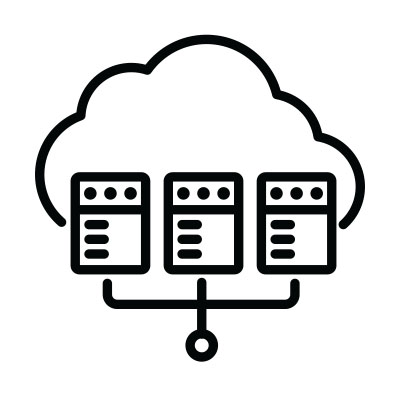From its very beginnings, Microsoft has been creating devices and software to help users accomplish their goals. This is one reason why their solutions are so commonly found in businesses. Today, we wanted to focus on just one, OneDrive, and highlight some of its features that any business could find useful.
In business today, information technology is being utilized in a manner that can make it seem like business isn’t possible without it. In some cases, it isn’t, but then there is technology being deployed that is simply inefficiently deployed, used haphazardly, and could be looked on as more of a liability than anything else. Frequently getting an IT assessment can help keep your IT infrastructure secure, agile, and aimed at solving your organization’s operational issues. Today, we’ll take a look at the IT assessment.
Workplace engagement has long been a conundrum–how do you maximize the productivity of your business without alienating your team through quotas and ironclad policies? Many businesses have been finding that an effective way to do just that has been to use a concept known as ‘gamification.’ Let’s explore gamification and how it might be useful to you.
There is quite possibly no more famous question in IT services than “Have you tried turning it off and on again?” While it may sound like a joke (and has quite often been used as one), could this advice actually work? The short answer: it does. For this week’s tip, we’ll explain why that is.
Over the last few years, there has been a meteoric rise in cybercrime, with nothing to indicate that rates will decrease anytime soon. Why would they? Bad actors and cybercriminals can make a pretty penny by attacking businesses, and they are only becoming more equipped and experienced in doing so.
There is no question that smartphones have assimilated into our daily communications, both on a personal level and in the professional sense. Apps allow us to be social, to accomplish work-related tasks, and yes, kill some time with the latest silly trending game. Of course, as time passes, these devices only grow more advanced. If you’re due for a replacement, you may want to examine some of your options before pulling the trigger.
Attention: You Aren’t Safe Listen up: if you are still using Windows 7–or much worse yet, Windows Server 2008 R2– and these machines are connected to a network that is connected to the Internet, that network is in jeopardy. Microsoft has retired support for both operating systems and will no longer provide crucial security updates and bug fixes making them vulnerable to cyberattacks. What Moves Should You Make? You need to do what you can to upgrade away from Windows 7 or Windows Server 2008 R2. What If You Can’t Upgrade? If your company depends on legacy titles that are only compatible with these systems, there are things you can do to protect your network. They include: Make sure firewall and antivirus are up to date – There are still risks when you keep systems running these OSs connected to your network, but by upgrading firewall and antivirus you’ll have a better chance at keeping unwanted entities off of these systems. Update other software – Along with security solutions, you’ll want to make sure other pieces of software you run on the platform are updated. For example, Google Chrome has stated it will support Chrome on Windows 7 until July 2021. Take resources offline – If your Windows 7 or Windows Server 2008 R2 systems are taken offline, they are effectively quarantined away from the rest of your computing resources. What Are Your Options Going Forward? You will need to upgrade. For Windows 7, you can upgrade to Windows 10 or you can look to the cloud. There are options offered, such as the Windows 365 bundle, that delivers Windows 10 Pro, customizable security, and Microsoft Office 365 for a monthly fee per user. Regardless of what you choose, you need to get crucial business computing systems off of Windows 7. For Windows Server 2008 R2, you’ll need to upgrade to a supported version of Windows Server. Knowing that this can come with massive upfront costs, Microsoft also provides migration solutions though their Azure cloud services. If you are still using unsupported Microsoft operating systems, you need to start planning your upgrade today! Call the IT experts at GeekboxIT to get started moving your business’ critical computing resources away from vulnerabilities by giving us a call at (336) 790-1000.
The Consumer Electronics Show is where people get to see emerging technologies first. Typically thought of as an event where innovations in, well, consumer electronics are put on display, a lot of the technology on display at CES can be big news for businesses as well. Today, we are going to review some trends that CIOs and other business decision makers should be paying attention to.
Businesses today rely on a lot of data, and of course, this data typically isn’t stored all in one place, or even in the same format. Normally, this would make trying to manage this data far more complicated, but modern organizations have a way to simplify their data management: data virtualization.
Today’s business is much more collaborative than it was in the past. This means that there are a lot more communications to manage. Small businesses may use technology to try and bridge the gaps and large businesses use it to manage huge and complicated workflows. Today, we take a look at the average business’ internal communications, and which tools are best for increased productivity.










